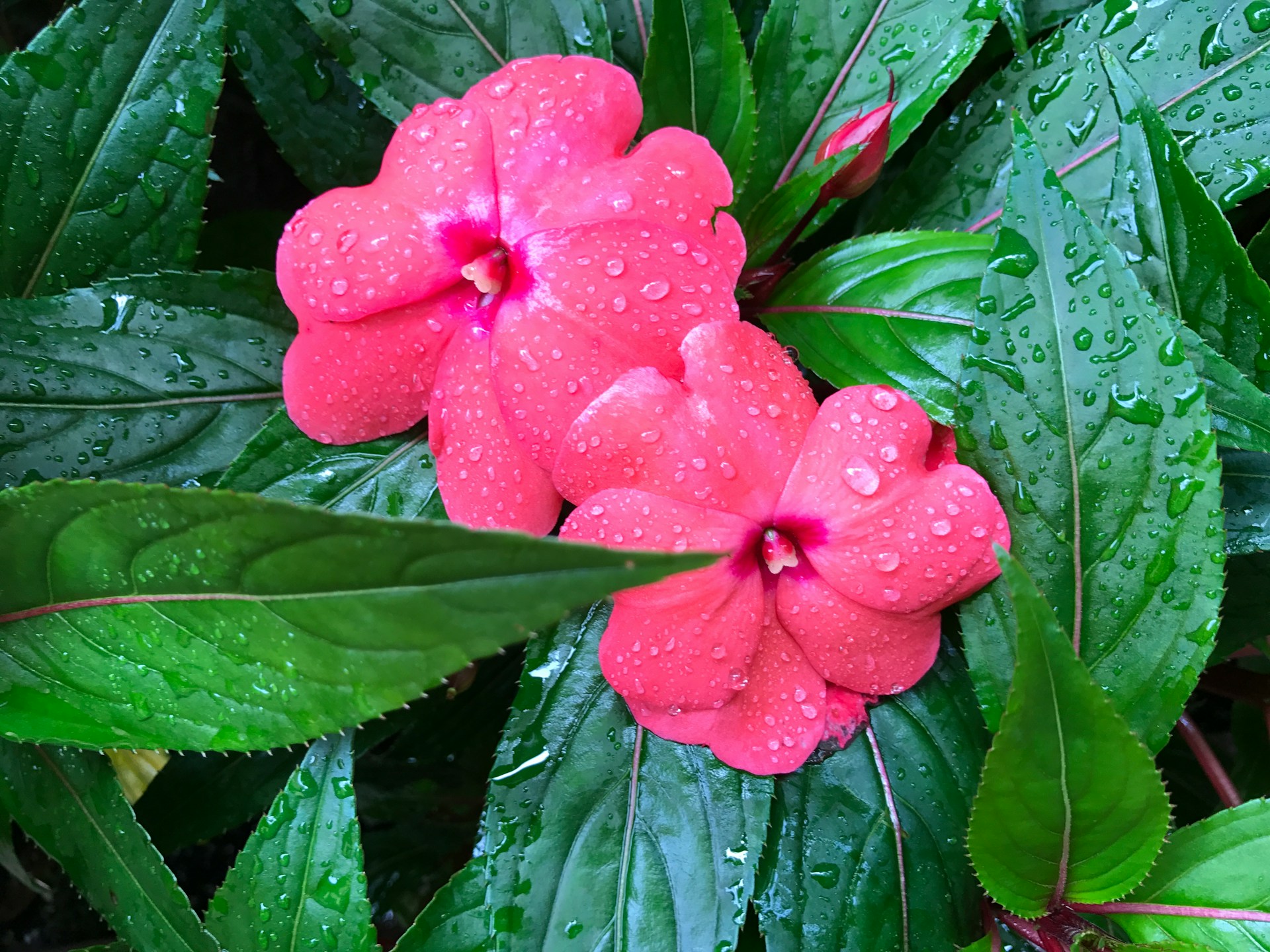I. Introduction
Hummingbirds, vibrant and fast-moving, contribute significantly to pollination and the overall health of our ecosystem. These captivating creatures depend heavily on nectar from flowering plants for their survival. In Tennessee, numerous flower species can meet these nectar needs, thereby attracting hummingbirds to our gardens. In this comprehensive guide, we will focus on the best fast-growing flowers that serve as a hummingbird magnet. Emphasis is given to native plants due to their added benefits of native hummingbird-attracting flowers. Moreover, we will offer suggestions for various regions within Tennessee, including the southern parts.
II. Essential Background Information
Understanding the biology and behavior of hummingbirds is fundamental to creating an environment that attracts them. A significant player in this scenario is the Ruby-throated Hummingbird, the only hummingbird species that breeds in the Eastern United States, including Tennessee. They migrate yearly, depending on the availability of certain flowering plants.
In the same vein, native plants are integral to the survival of hummingbirds. Their immense value lies in their adaptation to the local environment and their ability in minimizing ecosystem disruption. However, hummingbird populations face threats from habitat loss, climate change, and invasive species.
III. Fast-Growing Flowers for Hummingbirds in Tennessee
When selecting flowers that attract hummingbirds, consider the growth rate, blooming season, and soil and light requirements. Here are some popular Tennessee flowers for hummingbirds:
- Trumpet Vine: With its bright orange flowers, the Trumpet Vine (Campsis radicans) grows at a fast pace and starts blooming in July. Plant it in full to partial sunlight and maintain it with regular trimming.
- Bee Balm: With its showy flowers, Bee Balm (Monarda didyma) grows moderately fast, blooming from July-September in full sun or partial shade (best in southern Tennessee). Deadheading and dividing this plant every 3-4 years will ensure its best growth conditions under ideal conditions for bee balm growth.
- Sage: The growth rate of Sage (Salvia spp.) differs with species, but its blooming season is from April to September. Plant it in full sun with well-draining soil. Deadheading the flowers ensures prolonged flowering and, thus, more nectar for the hummingbirds. The best planting time for salvias is late spring, ensuring a defiance against last-minute frosts.
- Red Cardinal Flower: This plant with striking red flowers (Lobelia cardinalis) has a moderate growth rate, blooming in July-September. It requires full sun to partial shade and moist soil. Ensuring regular watering will result in a healthy plant.
- Trumpet Honeysuckle: The Trumpet Honeysuckle (Lonicera sempervirens) has a moderate growth rate and produces vibrant colored flowers from May to June. Plant this in full to partial sun and maintain it with climbing support and thorough pruning.
IV. Native Plants of Tennessee that Attract Hummingbirds
As mentioned earlier, native plants hold benefits due to their better adaptation to the Tennessee soil and immunity to local pests and diseases. Here are some native hummingbird-attracting flowers:
- Native Azaleas(Rhododendron periclymenoides): Known for its early blooming season providing a meal for early migrating hummingbirds, Native Azaleas thrive under partial shade and moist soil.
- Fire Pinks (Silene virginica): One more early-blooming flower, Fire Pinks need a well-drained soil under partial sun or shade.
- Coral Honeysuckle (Lonicera sempervirens): This climbing vine can fit perfectly in smaller spaces and loves the full sunlight.
- Indian Pink (Spigelia marilandica): Providing unique bi-colored flowers, Indian Pink needs a moist soil and can survive in partial to full shade.
- Dense Blazing Star (Liatris spicata): Sporting eye-catching spike-like blooms, Dense Blazing Star can thrive in various soils under full sun.
V. Plants for Longer-Term Projects
Even if some plants take longer to grow, incorporating them into your garden will ensure continuous hummingbird attraction over the years. For instance, the Rhododendron (Rhododendron catawbiense) and Rose of Sharon (Hibiscus syriacus) are a great addition to any garden aiming for long-term hummingbird attraction, although they might be a little slow to mature.
VI. Planting and Care Tips
Your geographical location in Tennessee will determine which plant will thrive the best. For the southern part of the state, plants like the Indian Pink, Sage, and Bee Balm might be suitable due to their high tolerance to heat and moisture variation. Soil preparation, spacing, mulching, and watering are all integral elements of planting, apart from feeding and pest management. Moreover, other companion plants like Phlox and Columbine support hummingbirds and other pollinators, which strengthens the ecosystem of your garden.
VII. Challenges and Drawbacks
While implementing this guide, one could come across hurdles such as the differences in microclimates within Tennessee and a variation in soil and water requirements. There might also be risks of overgrowth from aggressive species like the Trumpet Vine and problems of powdery mildew on bee balm; however, these can typically be managed with proper care and attention.
VIII. Resources and Recommendations
Local nurseries and garden centers in Tennessee can be helpful sources, where you can buy the recommended plants. Online resources and guides can provide an increased understanding of creating an optimal environment for hummingbirds. Participation in citizen science projects like Hummingbirds at Home, FeederWatch, and eBird can help to further our collective understanding of these important pollinators.
IX. Conclusion
Creating a garden bursting with fast-growing and native plants can immensely benefit hummingbirds and other pollinators alike. This practice has long-term benefits, even if it involves investing in plants that take longer to grow and flourish. Ultimately, it would be rewarding to participate in this conservation effort by planting native flowers and engaging in citizen science. This endeavor is not only for our flying friends but also towards healthier ecosystems and a more vibrant Tennessee.

